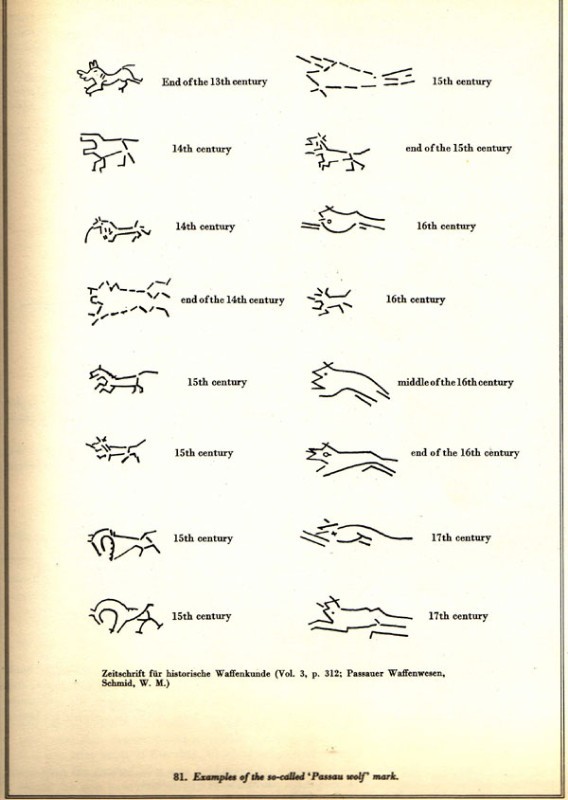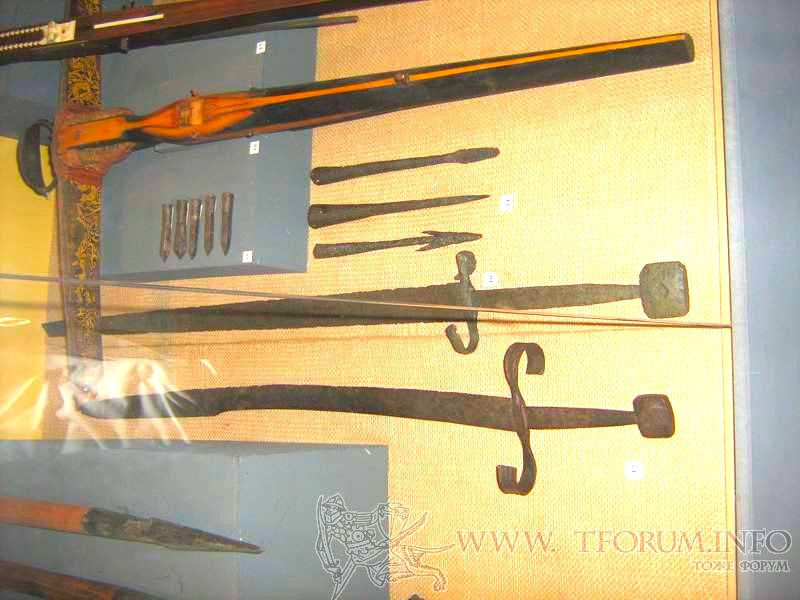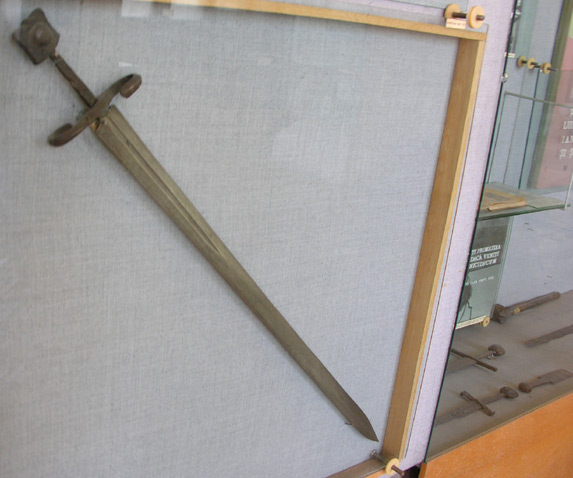I am newly coming on this forum. I am very interesting in medieval arts and start a little time ago to study and search about swords up to late 16th c.
I am also starting a collection.
One proposes me this nice sword. I made researches on it and I think that it should be a second half XV th c.piece from eastern Europe and mainly Hungary. I read that such swords could also be Venetian.
Eduard Wagner shows few examples of such pieces on his book, plate 25
BUT on the blade is a Passau running wolf ...So I am wondering if this sword is homogeneous as I can not find any informations about a such mark in Hungary. Isn't this sword a composite one...?
However I read on this forum that Passau blades were made in that location to be mounted later in the location they were exported
I will be glad to get advices from more scholars people than me.
Hope my english is ok..
Thanks very much for helping and teaching
Alain

grip
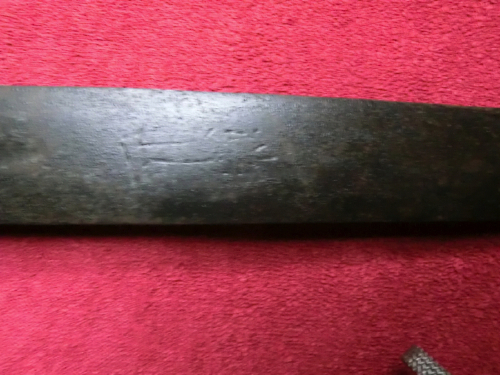
wolf
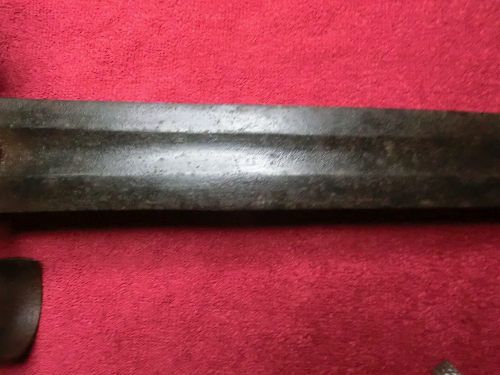
blade
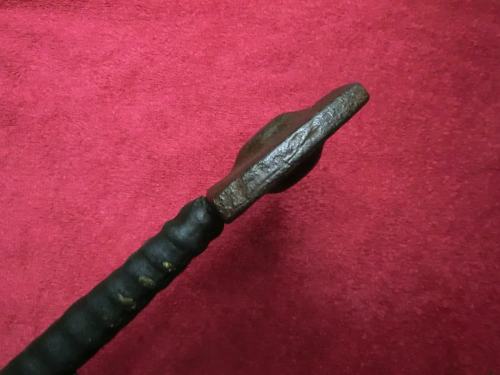
square pommel
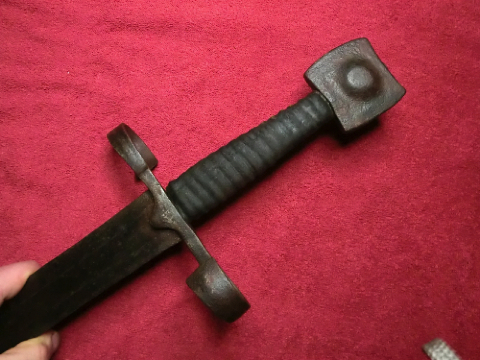
S shaped quillons
pics1 [ Download ]
